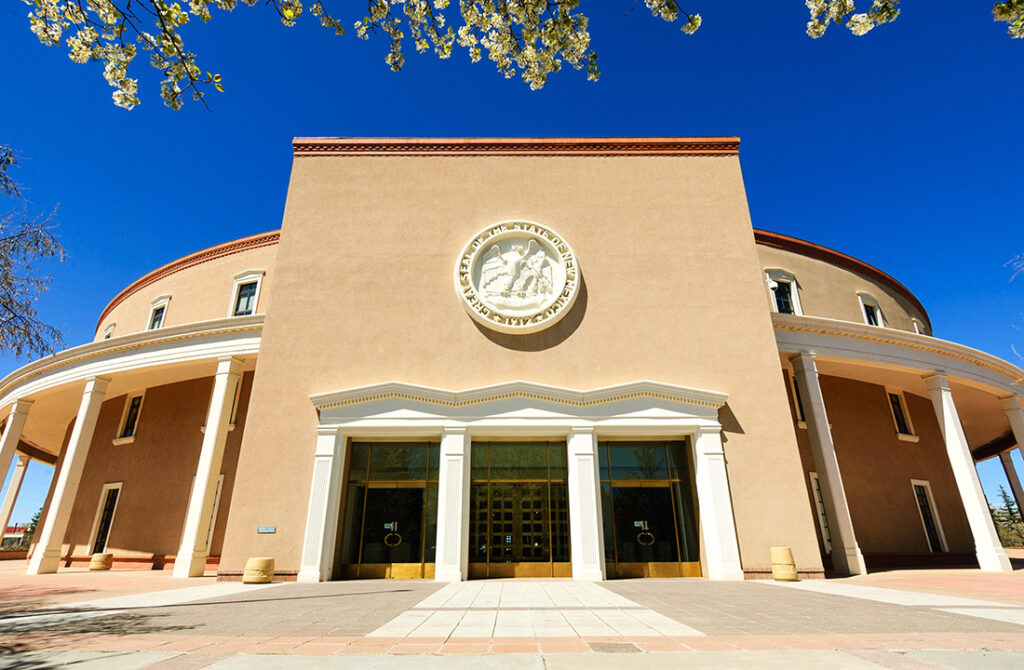
Political Website Design: The Strategy Behind a Winning Campaign
Why ranking for your name, clarity of message, and modern web strategy can make or break political candidates.
The Digital First Impression
In today’s political climate, voters are more likely to visit a candidate’s website before attending a rally, reading a mailer, or even shaking hands. A campaign website is the digital first impression. It’s where credibility, messaging, and fundraising converge. Without a strong site, campaigns risk losing control of their narrative—and even worse, failing to rank for their own candidate’s name.
Ranking for Your Own Name
One of the biggest mistakes campaigns make is assuming voters will automatically find them online. The truth is, search results can be crowded with news stories, opponent ads, and outside commentary. The goal is simple: when someone searches a candidate’s name, their official campaign site should dominate page one. This requires technical SEO, fast load times, and a structured content plan that reinforces the candidate’s message while aligning with how people search.
Case Study: Sam Bregman for Governor
When Sam Bregman for Governor launched his 2026 campaign, his team clearly invested in presenting a professional, polished website. The design communicates authority while staying approachable—balancing clean visuals with clear calls to action. Most importantly, the site reinforces his campaign’s key themes: public safety, healthcare access, education, and economic opportunity.
For web strategists, this launch underscores how critical it is to lock in messaging early. Bregman’s site reflects a deliberate effort to speak to both centrists and moderates, rejecting political extremes while keeping the focus on everyday issues. Whether voters agree or disagree, the website succeeds in making the campaign’s stance impossible to miss.
The Role of Design in Politics
A campaign website isn’t just a digital flyer—it’s a dynamic hub. The layout, colors, and typography work together to signal professionalism and trust. A sloppy design can imply a sloppy campaign, while a clean, modern interface builds credibility. For candidates, this matters because undecided voters often make split-second judgments about whether a campaign feels “serious” or not.
Effective political web design also considers accessibility, mobile responsiveness, and user experience. With more than half of voters browsing on phones, a candidate’s site must load quickly and function flawlessly on any device. In politics, seconds of load time can mean lost donations or disengaged supporters.
Content Strategy: Beyond the Homepage
A successful political website extends far beyond the homepage. Candidates must anticipate what voters want to know: background, issues, endorsements, events, and ways to get involved. Each of these needs a dedicated, well-structured page optimized for both humans and search engines.
Video integration, press releases, and a clear donation path aren’t “extras”—they’re essentials. The stronger the content, the more likely the campaign is to own its narrative rather than relying on third-party coverage.
Fundraising & Data Capture
Every modern campaign knows that digital fundraising isn’t optional—it’s the lifeblood. The best political websites integrate secure donation systems, easy sign-up forms, and clear CTAs that guide supporters through next steps. From small-dollar grassroots donations to larger contributions, the website is the engine that fuels campaign momentum.
Just as importantly, data capture—emails, phone numbers, volunteer sign-ups—gives campaigns the ability to build community and communicate directly with voters outside of traditional media.
Working Across the Aisle
At 72 Hour Web Design, we’ve seen firsthand that political campaigns come in every color and stripe. While we specialize in creating websites that look sharp and perform under pressure, we also recognize that strategy matters as much as style. We’re proudly capitalist—and that means we’ll help candidates across the aisle if their values lean toward the center and their campaigns are serious about winning.
Whether it’s a Democrat, Republican, or Independent, the fundamentals remain the same: a campaign needs a fast, clear, mobile-ready website that puts their best foot forward in the digital world.
Final Thoughts
In politics, perception shapes reality—and today, that perception begins online. A modern, strategic campaign website can mean the difference between owning the conversation and playing catch-up. From SEO to storytelling, from fundraising to mobile usability, every detail matters.
Candidates who ignore their digital presence are effectively conceding ground before the race even starts. Those who invest in professional web design position themselves as credible, serious contenders ready to lead.

